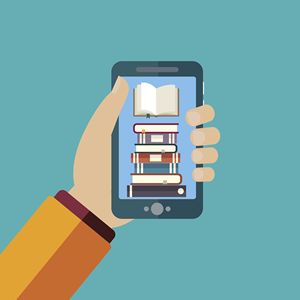
The advent of mobile technology has revolutionized the way knowledge is acquired and consumed. Gone are the days when learning was confined to the four walls of a classroom or the pages of a textbook. The ever-present mobile device has become a portal to endless educational opportunities, regardless of a person’s location or time constraints. But what does learning on a mobile device really entail, and how can it be maximized for educational benefit?
Mobile learning, or m-learning, refers to any learning that takes place through devices such as smartphones, tablets, or laptops. This digital mode of learning facilitates access to information 24/7 and offers numerous multimedia tools to support various learning styles. With mobile devices, learners can take advantage of interactive apps, podcasts, video lectures, and e-books that make education more engaging and flexible.
One of the key advantages of m-learning is its accessibility. Learners from all walks of life can access quality educational content with just a few taps on their screens. This is particularly beneficial for individuals in remote areas where traditional educational resources are scarce.
The personalized nature of m-learning is another significant boon. Mobile devices allow learners to proceed at their own pace, revisit difficult concepts, and skip over material they already understand. This individualization of the learning process increases efficiency and helps maintain learners’ interest.
Mobile learning also supports just-in-time learning—where users can learn what they need exactly when they need it—by providing quick access to specific content. This aids in reinforcing job skills or obtaining new information necessary for immediate application, which could be highly beneficial for professionals.
However, as with any educational method, mobile learning comes with challenges. Distractions are a major concern because the same device used for education often serves as a gateway to social media and games. Also, not all content is well-suited for small screens and may not provide the same depth as traditional courses.
Another challenge lies in digital equity; not everyone has access to advanced mobile devices or reliable internet connections required for m-learning. Additionally, there’s the question of effectively evaluating and tracking progress through less conventional means.
Despite these challenges, optimizing mobile technology for education necessitates adaptive design strategies that ensure content is accessible and interactive for smaller screens. It also involves cultivating digital literacy skills so users can navigate reliably between credible educational resources and less productive distractions.
As we move forward into an increasingly digital age, it’s clear that learning on a mobile device unlocks tremendous potential for making education more accessible, flexible, and personalized. While it’s not without its hurdles, with thoughtful implementation and ongoing innovation in app development and course design, m-learning can be an exceptional complement—if not an alternative—to traditional education pathways.
In summary, learning on a mobile device encapsulates convenience, accessibility, personalization, but also requires careful consideration of content delivery methods and user engagement strategies. As society embraces these technologies further, m-learning stands to redefine the educational landscape in profound ways.
